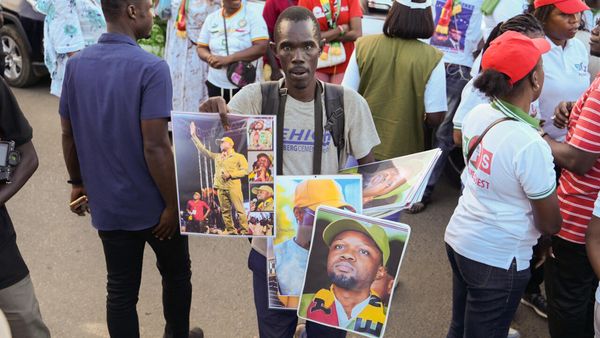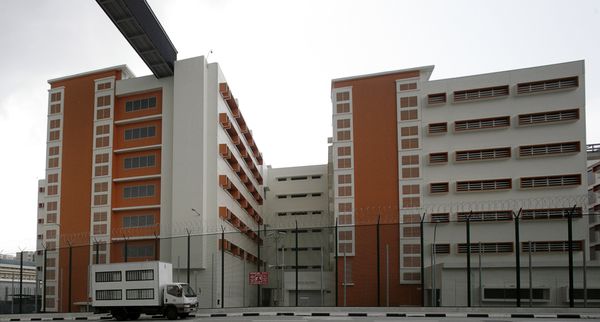
McLaren has continued to push developments of its MCL38 at the back end of the Formula 1 season, as it knuckles down to try to secure the constructors' championship.
And while its rivals pretty much steered clear of any upgrades in Brazil for what was the third race of a triple-header, it was interesting that McLaren elected to bring a new rear and beam wing arrangement.
McLaren's approach on this front has been fascinating this year, as it is head and shoulders ahead of its competitors in terms of the sheer scale of development that has been undertaken in this area.
The team has introduced seven different rear wing configurations to cope with the different downforce and drag characteristics that each venue demands.
New options were added to the pool in Saudi Arabia, Imola, Monaco, Great Britain, Belgium, the Netherlands and now Brazil.
Of course, it would all be for nothing if the designs did not combine well with the beam wing solution that is also fitted to the assembly.
That is why we have even seen it arrive with several beam wing options alongside each new rear wing specification to trim the car accordingly.
In fact, the development of the beam wing has been even more extensive, with 12 new options added to its pool during the season so far.
There were new beam wings at the Saudi Arabian, Miami, Emilia-Romagna, Monaco, Belgian, Dutch, Singapore and United States Grands Prix, whilst three solutions were introduced at Silverstone.
These include everything from more traditional two-piece designs to single elements and numerous bi-plane style arrangements.

In terms of the new Brazilian GP rear wing design, the most obvious difference is the shape of the mainplane.
This element forms more of a V-shaped profile where it tapers outward and upwards from the deeper central section.
The leading edge, seen in the main image, is also more steeply rolled than its closest kin within the family of solutions available.
Notably, the tip section of the rear wing also differs from other designs in this downforce range, with a squarer profile, like the one used on its highest downforce option.
These design differences are likely the result of an acceptable efficiency trade-off between two of its other specifications, as the reduction in height across the mainplane's span provides the necessary downforce and drag for the circuit characteristics, whilst also providing more of a benefit when DRS is deployed.
Meanwhile, the shape of the lowermost beam wing element has a reverse tapering in the central section to discreetly mirror the geometry of the mainplane above.
The difference in beam wing layout to the corresponding rear wing selection can be seen in the comparison above.
But while McLaren ran its new rear wing for sprint qualifying and the sprint on Saturday, when it came to the trickier wet conditions posed by qualifying and the race it opted for its higher downforce arrangement.







